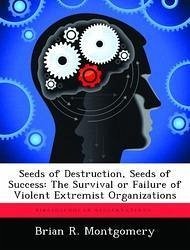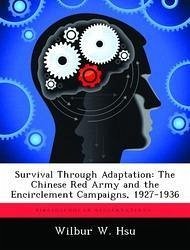Nicht lieferbar

Seeds of Destruction, Seeds of Success: The Survival or Failure of Violent Extremist Organizations
Versandkostenfrei!
Nicht lieferbar
This thesis discusses the connection between an extremist group's survival and its membership. This study analyzes three separate case studies to determine the validity of using a people oriented framework to target extremist groups, entitled the conversion process. Using the concepts of member recruitment, indoctrination, and radicalization, the author tries to determine if the way an extremist group member is developed can lead to the overall survival or failure of the organization to which he or she belongs. To accomplish this task, the author applies the conversion process framework to two...
This thesis discusses the connection between an extremist group's survival and its membership. This study analyzes three separate case studies to determine the validity of using a people oriented framework to target extremist groups, entitled the conversion process. Using the concepts of member recruitment, indoctrination, and radicalization, the author tries to determine if the way an extremist group member is developed can lead to the overall survival or failure of the organization to which he or she belongs. To accomplish this task, the author applies the conversion process framework to two extremist organizations--Aum Shinrikyo and al-Qaeda. First, the author uses Aum Shinrikyo to show that an organization built upon faith in an individual is susceptible to collapse should that individual fall for his elevated status. Next, the author examines the Islamic terror group al-Qaeda, choosing to separate the analysis into pre 9/11 and post 9/11 discussions. The pre 9/11 case study focuses on the early stages of al-Qaeda's development to establish the group's foundations in a religious ideology, to contrast the individual focused ideology of Aum Shinrikyo. The post 9/11 discussion continues this idea, although the post 9/11 case recognizes the impact that global counterterrorism efforts have had on al-Qaeda's command and control ability. The results of this process show that people are, in fact, a key vulnerability of extremist organizations.










